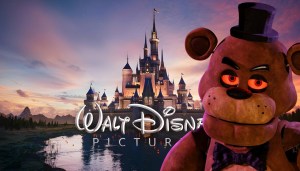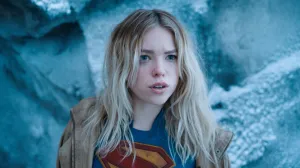The Marvel Cinematic Universe has been one of the most successful movie franchises of all time, thanks to its stellar characters, effects, action, scripts, and storylines. For over a decade, the MCU had dominated the box office and pop culture, bringing much more attention to Marvel Comics. With such a cultural impact, Marvel Comics has attempted to create more synergy between its comics and its movies to increase profits and to satisfy the expectations of fans. Such corporate-enforced mandates have led to varying degrees of success and failure when implemented in the comics. In many ways, the MCU was both the best and worst thing to happen to Marvel Comics.
Videos by ComicBook.com
From rewriting characters to creating entire storylines to advertise upcoming movies and shows, Marvel Comics has made plenty of changes to better mirror the MCU. Sometimes this can lead to positive changes, such as highlighting previously unknown heroes or adding new layers of moral complexity. Other times, however, the changes can seem like nothing more than cheap attempts to make a quick buck, destabilizing the continuity of the entire Marvel Universe.
10) Negative: Making Ms. Marvel a Mutant

The current Ms. Marvel, Kamala Khan, is one of Marvel’s most popular recent characters, and her Disney+ miniseries is one of the MCU’s most highly rated shows. In the comics, she was an Inhuman with the power to stretch and alter her size. In contrast, the miniseries gave her the ability to create hard light constructs, and she was the first official mutant brought into the MCU. Unfortunately, to have the comic character align with her MCU counterpart, they killed Kamala off. Her death lacked any emotional impact, and she was then immediately resurrected into an Inhuman/mutant hybrid with additional hard light construct powers. Not only was it one of the most underwhelming deaths in recent comics, but turning Kamala into just another X-Men felt completely hollow and shoehorned.
9) Positive: Nebula’s Characterization
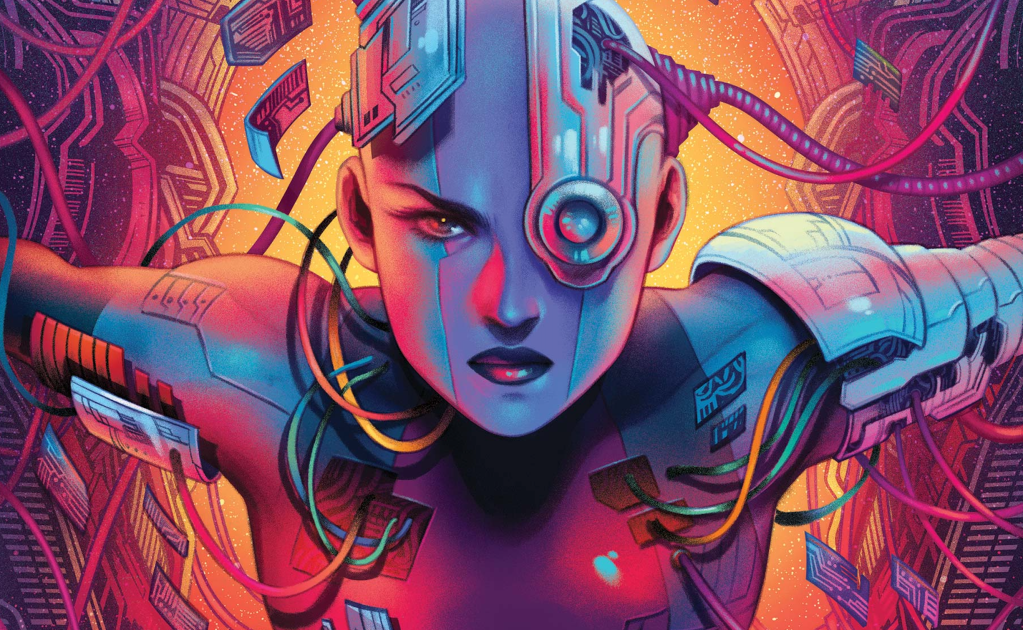
In the MCU, Nebula, played by Karen Gillan, is the cyborg adopted daughter of Thanos and “sister” of Gamora. In the movies, she undergoes an emotional journey from a ruthless and hate-filled enforcer for Thanos to a tough but caring member of the Guardians of the Galaxy. However, her original comic counterpart was a two-dimensional space pirate who sought to rule the universe and claimed to be the granddaughter of Thanos, a relationship that the Mad Titan denied. With the character’s success in the films, Marvel Comics retconned Nebula and Gamora’s stories so that they were Thanos’ rebellious, adoptive daughters. More significantly, Nebula was altered from just another prototypical intergalactic villain into a multi-layered anti-hero who joins the Guardians of the Galaxy as part of her search for redemption.
8) Negative: Trying to Replace the X-Men With the Inhumans
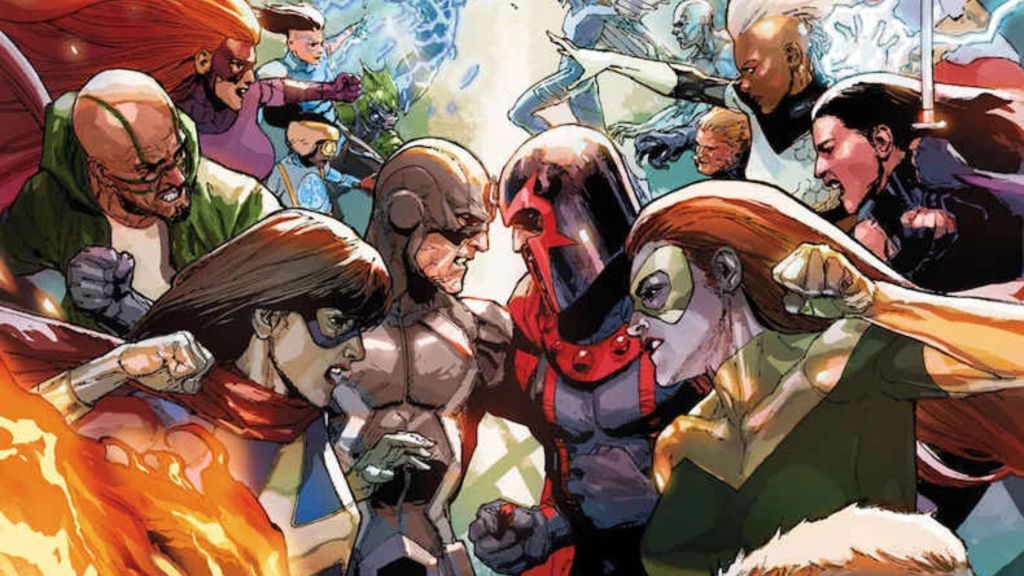
To promote the MCU’s Inhumans series and overshadow the X-Men, whose movie rights were owned by 20th Century Fox at the time, Marvel Comics decided to have the Inhumans replace the X-Men. The plan unraveled in Inhumans vs X-Men, where the Terrigen Mist, the source of the Inhumans’ power, was released into the atmosphere. The Mist was lethal to mutants, killing countless mutants across the globe. Despite the mass loss of life, the Inhumans couldn’t care less for the suffering of mutantkind. The two teams go to war when the X-Men destroy one of the Terrigen clouds. The plot was rightly criticized for its convoluted storyline, which inadvertently made the Inhumans the villains, and for attempting to exterminate mutantkind to prevent Fox from profiting from the X-Men brand.
7) Positive: Nick Fury Jr.
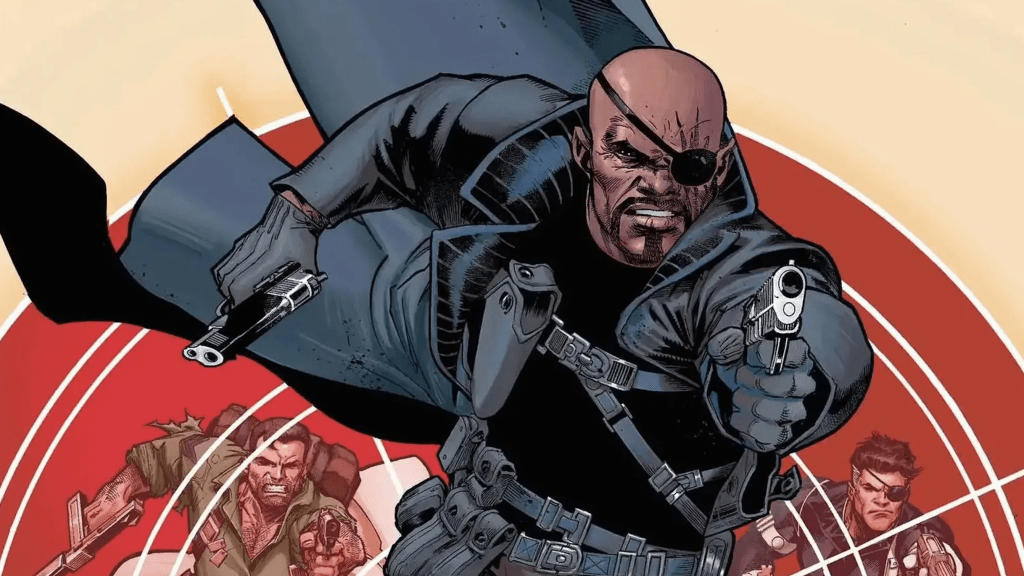
In Marvel’s Ultimate Universe, the head of S.H.I.E.L.D., Nick Fury, was designed to resemble Samuel L. Jackson, which directly inspired the casting and portrayal of the character in the MCU. However, in the main Earth-616 continuity, Nick Fury was instead a white man. So, Marvel Comics decided to introduce the special agent’s long-lost son, Nick Fury Jr. This new character fit much more closely to the appearance and personality of the MCU’s version of Nick Fury. Like his father, he’s a soldier and spy who lost his eye during a mission. Although he initially started as a simple replacement for his father, over time Nick Fury Jr. has developed into a unique and captivating character who works closely with the Avengers as a master of espionage.
6) Negative: Sidelining the Fantastic Four
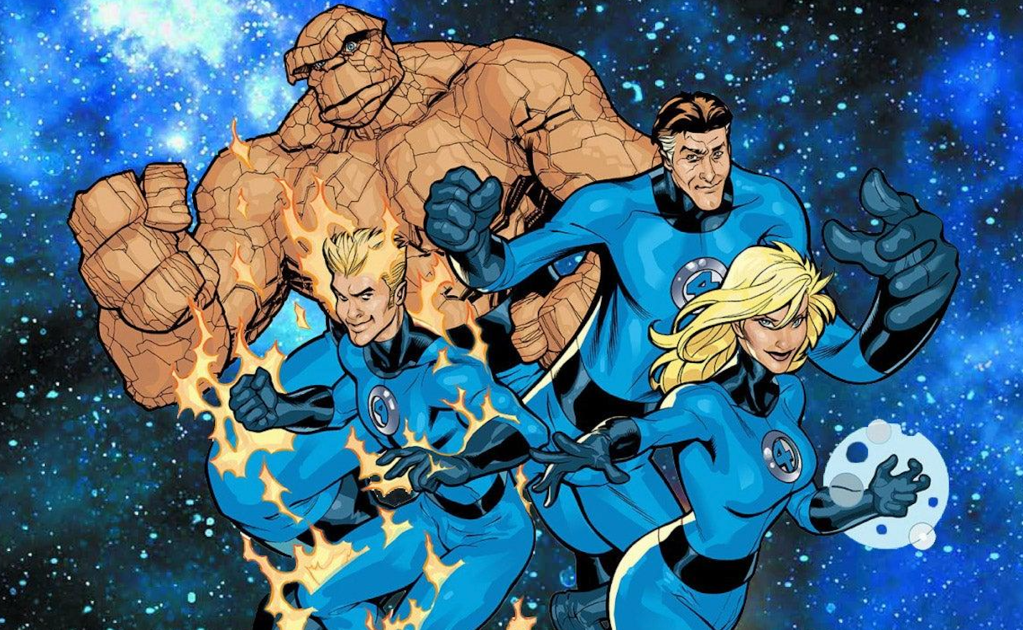
Like the X-Men, the Fantastic Four’s movie rights were initially owned by Fox and, until very recently, couldn’t be used in the MCU. So, to avoid supporting their competitors, Marvel sidelined the Fantastic Four. After the events of the 2015 Secret Wars storyline, Marvel’s First Family disassembled. Mr. Fantastic, Invisible Woman, and their children left to restore the multiverse; Human Torch joined the Inhumans; and Thing joined the Guardians of the Galaxy. It took three years for the team to get back together, and people were more than happy to see them again. To try to erase one of the greatest superhero teams of all time for such a corporate-based reason was a great disservice to the Fantastic Four’s longtime fans and a needless attack on this iconic franchise.
5) Positive: Loki’s Moral Complexity

Before Tom Hiddleston’s captivating portrayal of the God of Mischief, the Loki of the comics was a far more malevolent figure who only sought to destroy Thor and conquer the Nine Realms. When the MCU developed Loki, they crafted a far more three-dimensional and sympathetic version of the god that underwent an incredible character arc from villain to anti-hero. To piggyback off the success of Tom Hiddleston’s performance, Marvel Comics de-aged Loki to look more like his film counterpart and made him more of an anti-hero. He even became a member of the Young Avengers superhero team. Overall, Loki became a much more witty, complex, sympathetic, and heroic person who many readers adore.
4) Negative: Retconning Scarlet Witch and Quicksilver’s Family and Mutant Status
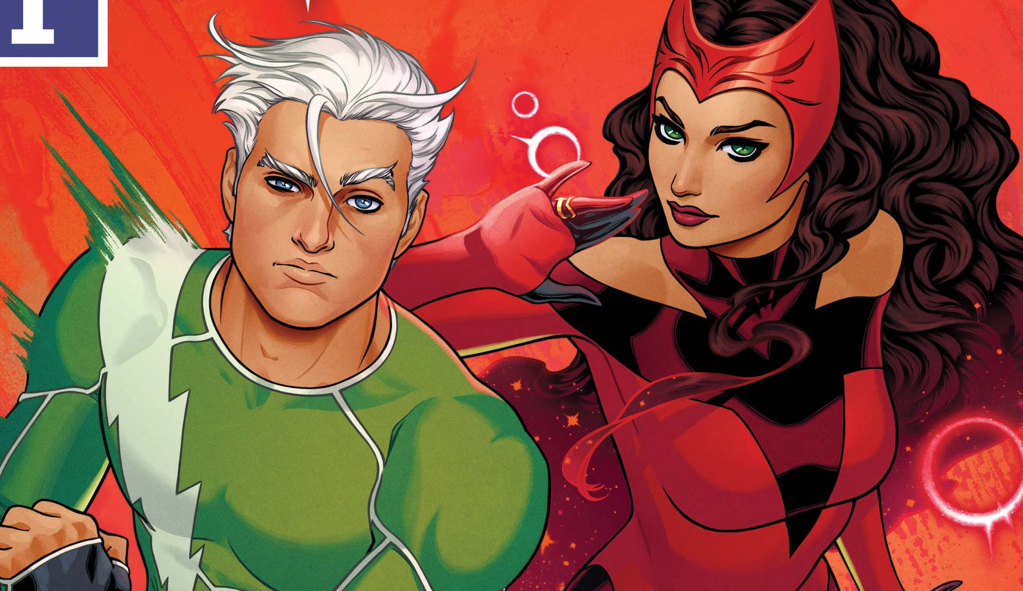
For decades, the twins Scarlet Witch and Quicksilver’s status as mutants, along with their complicated history with their father, Magneto, have been a source of profound and tragic storytelling. A prime example is the 2005 storyline House of M, where Scarlet Witch rewrites reality so that mutants rule the world. However, when the twins were introduced in Avengers: Age of Ultron, Marvel Studios couldn’t refer to them as mutants because of a deal with Fox, who owned the rights to the X-Men. So, the origin and identity of the twins were drastically retconned to have never been mutants but rather experiments of the villainous High Evolutionary. To make things even worse, it was revealed that they weren’t even Magneto’s children, undoing decades of captivating familial drama.
3) Positive: Iron Man’s Charisma
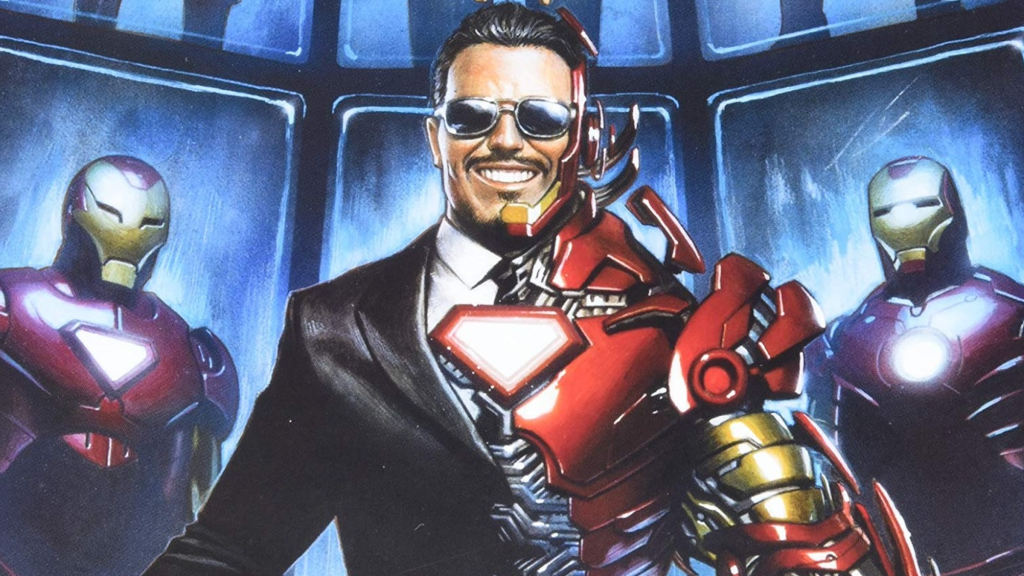
Robert Downey Jr.’s portrayal of a charismatic and witty genius billionaire playboy philanthropist has become synonymous with the character. So much so that many fans don’t remember that before this portrayal, the Iron Man of the comics was much less light-hearted and much more serious. The movies also helped to tone down his more selfish and arrogant personality traits, making him a more sympathetic and likeable hero who still harbored a dark side. With Robert Downey Jr.’s portrayal becoming such a huge hit, Marvel decided to alter his depiction in the comics to create continuity between the two versions to avoid confusion of fans of the comics and the movies. It was a significant change that emphasizes and balances the strengths and flaws of the hero.
2) Negative: Civil War 2
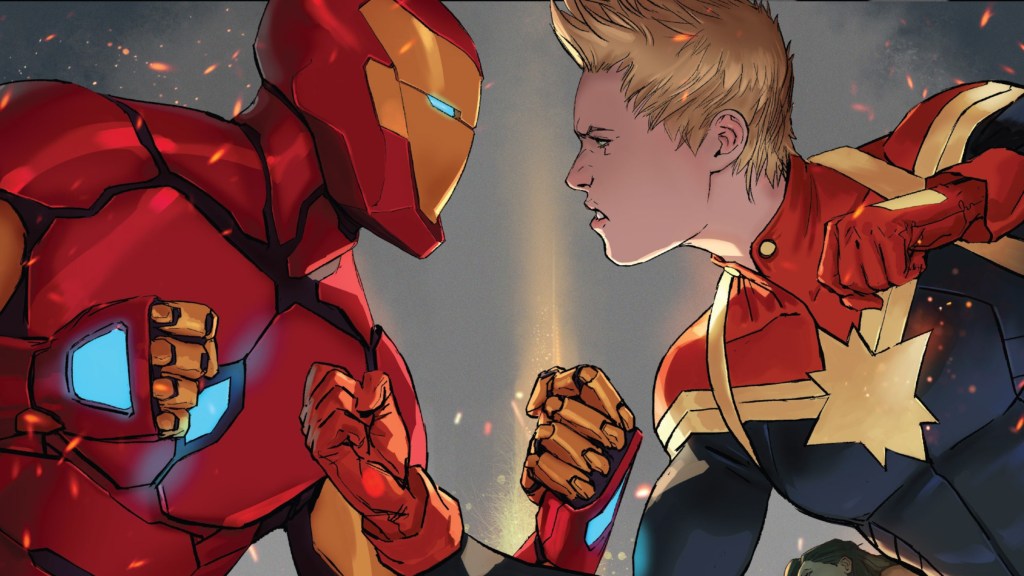
When Captain America: Civil War was coming to theaters in 2016, Marvel tried to capitalize by writing a sequel to 2006’s Civil War event. The result was one of the worst Marvel storylines in recent history. When the Inhuman Ulysses Cain begins having predictions of future catastrophes, Captain Marvel tries using them to prevent disasters before they happen. This leads to her imperiously imprisoning people before they ever commit any crimes. In reaction to her flaunting basic human rights, Iron Man leads a rebellion against Captain Marvel. The story ends with Iron Man in a coma and with Captain Marvel facing no repercussions for her reprehensible actions. The story completely destroyed Captain Marvel’s character and lacked the moral nuances of the original Civil War storyline.
1) Positive: Revamping the Guardians of the Galaxy

Before James Gunn’s hit movie in 2014, the Guardians of the Galaxy were mainly a B-List team of heroes unknown by the general public. They were founded by the much more serious version of Star-Lord to defend the galaxy from possible threats like an elite intergalactic task force. Marvel Comics completely revamped the team to mirror the personality, tone, designs, and dynamics that made the characters so loveable in the movies. The Guardians of the Galaxy were altered to be a rag-tag group of heroic misfits who bond to become a found family. Many of the members, like Star-Lord, became more light-hearted. Overall, the comics and the characters just became much more fun and relatable for readers as they replicated the success of the film’s depictions.
What do you think? Leave a Comment below and join the conversation in the ComicBook Forum!





